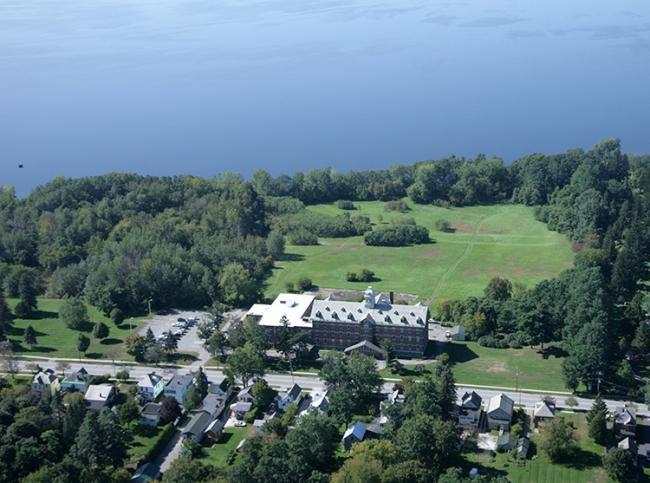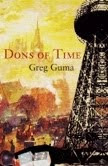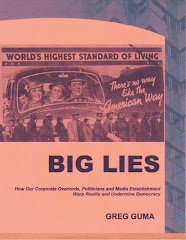On the afternoon of May 3, 1886, August Spies, editor of the Arbeiter-Zeitung, went to Chicago’s South Side. He’d been invited there to address striking workers of the Lumber Shovers’ Union. It was Monday but the empty streets and silent factories made it look like a Sunday.
Nearby, other strikers were standing angrily in front of the plant gates at the McCormick Reaper Works. They had been out of work for three months. Confrontations with police and McCormick’s hired guards were growing more violent each day.
Like Albert Parsons, Spies was an effective speaker for radical action. Born in Landeck, Germany, he had emigrated to the US in 1872, eventually starting a small furniture company with relatives. His main occupations, however, were editing the newspaper and organizing the working class. Fluent in both English and German, the 31-year-old combined insightful criticism with biting sarcasm. Along with Parsons, he was also a leader of the International Working People’s Association (IWPA), a growing, largely German, federation of labor groups.
That day he spoke about the eight-hour movement. But before finishing he was interrupted by renewed violence at the McCormick plant. Picketers had begun to heckle strikebreakers. Police wagons rolled in, and officers entered the fray swinging their clubs. Showered with stones, they drew their revolvers and began to fire. Two workers were killed and many more were injured.
Spies rushed back to his office and composed a fiery leaflet in German and English. “If you are men,” he wrote, “you will rise in your might, Hercules, and destroy the hideous monster that seeks to destroy you. To arms, we call you, to arms!”
An overzealous typesetter, upon reading the text, added an even more incendiary headline. “REVENGE,” it screamed. Over 2,000 copies of what became known as the “Revenge Circular” were distributed throughout the city that night. By the next morning a mass meeting had been planned to protest the murders. The organizers, among them Adolph Fischer and George Engel, two German members of the ultra-radical “autonomist” faction, expected to draw 20,000 people that night to Haymarket Square.
By 8 p.m. on May 4, however, only 3,000 people had shown up. August Spies was the only speaker in sight. Reluctantly, he addressed the crowd and urged restraint. Meanwhile, he sent a friend to find Parsons at a meeting nearby. Chicago’s Mayor Harrison, who was in the audience, considered the proceedings calm and orderly.
______________
Listen to a scene from Inquisitions (and Other-Un-American Activities), my play on Haymarket and civil liberties.
___________
Parsons eventually arrived and spoke for an hour, repeating Spies’ words of caution. “This is not a conflict between individuals,” he noted, “but for a change of system, and socialism is designed to remove the causes which produce the pauper and the millionaire, but does not aim at the life of the individual.”
Next to mount the speaker’s wagon was Samuel Fielden, an English-born stone hauler well-known for his passionate yet earthy style. As Fielden spoke, the night turned windy and a dark raincloud rolled in. The audience dwindled to about 300 men, women and children. A few minutes more and it would have been over.
But Police Inspector John Bonfield, waiting with almost 200 officers at a police station a block away, had a different plan. He was always eager for an excuse to break up a demonstration. Informed that Fielden was making angry remarks, he saw his opportunity and ordered his men to march into the crowd. Confronted with armed force, the protesters were ordered to “immediately and peaceably disperse.”
“We are peaceable,” Fielden protested. Still, he agreed to end the gathering. But as he stepped down from the wagon a bomb was tossed into the midst of the police. Its explosion shook the street. Police fired wildly as the crowd scattered. Before the shooting stopped, dozens were injured or dead, among them eight policemen who died of bomb or gunshot wounds. Most of the officers had been killed by their own comrades.
The identity of the bomb thrower was never confirmed, but the establishment and an hysterical press clamored for retribution. Life in Chicago, as well as the nation’s labor movement and the image of anarchists, were all about to undergo a dramatic and long-lasting change. The stereotype of the anarchist as a wild-eyed, foreign-born, bomb-throwing maniac remains embedded in popular consciousness to this day.
NEXT: May Day’s Forgotten Martyrs































No comments:
Post a Comment